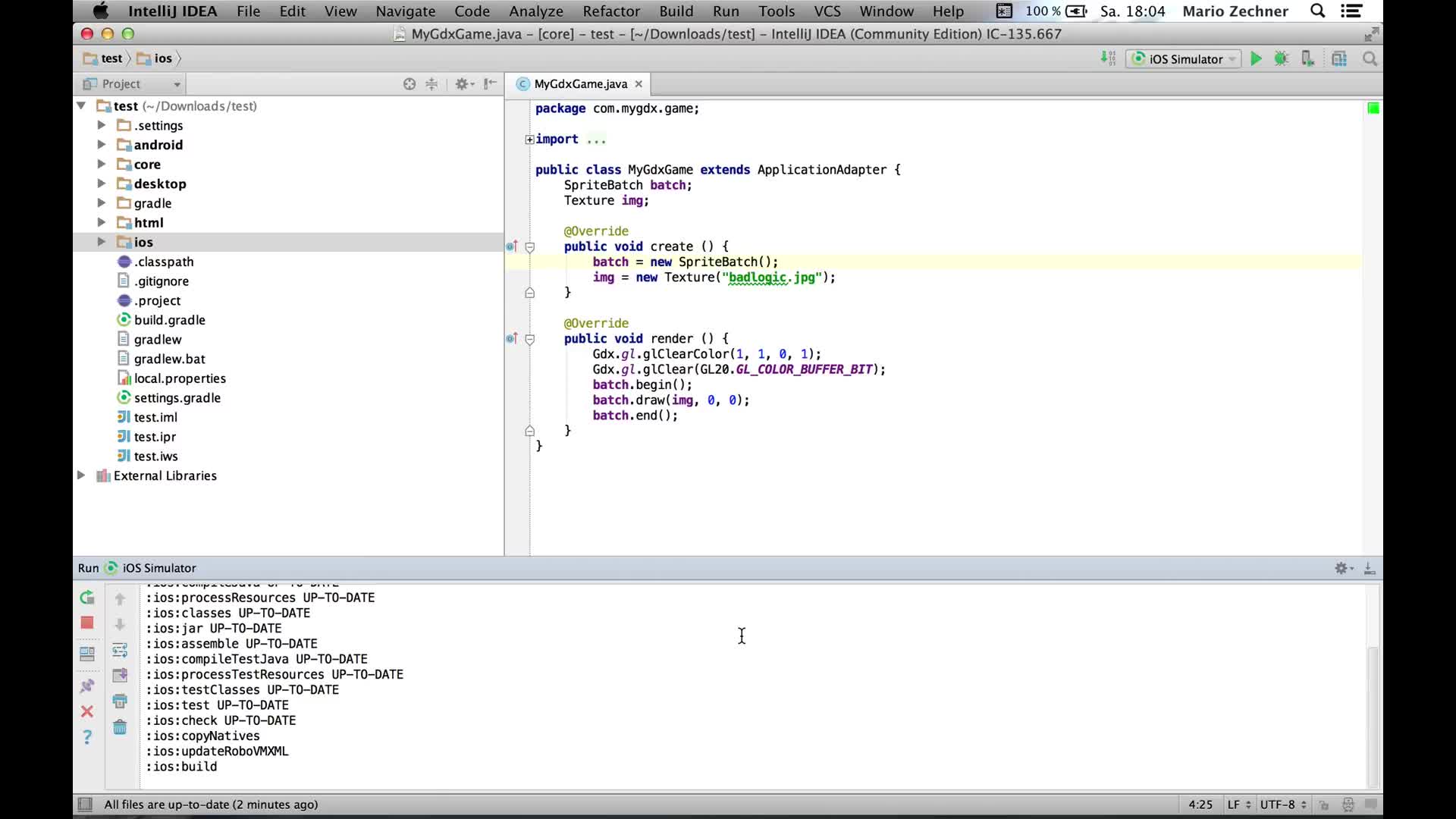


To use it, add the gdx-lwjgl3-angle extension to your gdx-lwjgl3 desktop project. It emulates OpenGL ES 2.0 through DirectX (Windows), desktop OpenGL (Linux), and Metal (macOS) and may become the preferred method of rendering on macOS if Apple removes OpenGL support entirely. Mario also recently added a LWJG元 ANGLE extension.

> Could not resolve all files for configuration ':desktop:compileClasspath'.
Physicseditor libgdx update#
In addition, legacy LWJGL 3 projects must update their sourceCompatibility to 1.8 or higher! Otherwise an error similar to the one below will appear:Įxecution failed for task ':desktop:compileJava'. For more information, take a look at #6772. See AwtTestLWJGL in gdx-tests-lwjgl3 for an example. Moreover, you no longer need to pass the -XstartOnFirstThread argument when starting a LWJGL 3 app on macOS. If you add it as a dependency to your desktop project ( api ":gdx-lwjgl3-glfw-awt-macos:$gdxVersion"), LWJGL 3/libGDX must no longer run on the main thread in macOS, which allows AWT to work in parallel, i.e.
Physicseditor libgdx how to#
Check out the Status Report to see how to update your projects, if you haven’t already! We also updated from LWJGL 3.2.3 to 3.3.1, which adds the long awaited M1 Mac support!Īnother cool new feature is the gdx-lwjgl3-glfw-awt-macos extension. This ensures continued support for newer hardware and JVMs and includes a few other nifty features. LWJGL 3!Īs announced in Status Report #7, the LWJGL 3 backend is now the default desktop backend. Since our last release a little over a year ago, a great deal of work has been done! libGDX 1.11.0 brings improvements and new features in various areas – take a look below to find out more! If you are upgrading from an older version, be sure to also check out the Ultimate Migration Guide (1.9.10 to 1.10.0). If you are looking for past changelogs, check out this page.


 0 kommentar(er)
0 kommentar(er)
